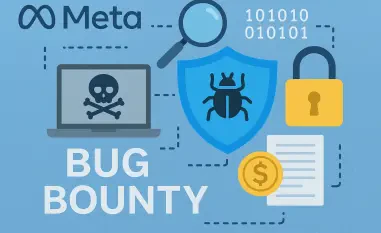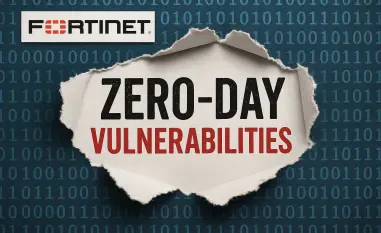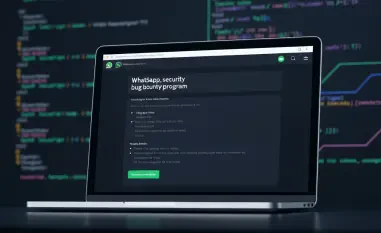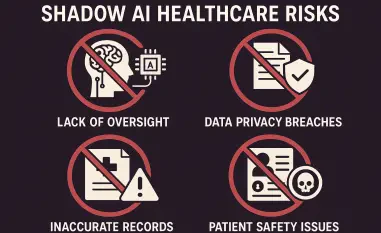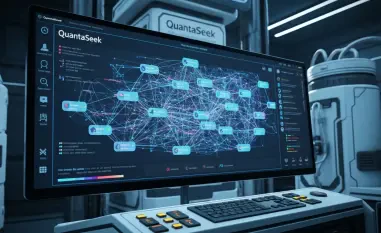Introduction to the Redis Vulnerability
Imagine a critical piece of infrastructure underpinning countless websites, applications, and cloud services suddenly becoming a gateway for malicious actors. A recently discovered Remote Code Execution (RCE) flaw in Redis, a widely used in-memory data store, has sent shockwaves through the cybersecurity community. This vulnerability, lingering undetected for over a decade, poses a severe threat to organizations globally by allowing attackers to take full control of affected servers.
Redis plays an indispensable role in modern digital ecosystems, serving as a high-speed cache, session store, and task queue for everything from e-commerce platforms to real-time analytics. Its speed and flexibility make it a cornerstone of enterprise infrastructure. However, the exposure of this long-standing flaw underscores the fragility of even the most trusted tools when security gaps remain hidden.
The impact of this vulnerability cannot be overstated. With countless systems relying on Redis, a single exploit can compromise sensitive data, disrupt operations, or serve as a launching pad for broader network attacks. As organizations scramble to assess their exposure, understanding the depth of this issue is the first step toward mitigation.
Understanding the Redis RCE Flaw
Technical Breakdown of the Issue
At the heart of this vulnerability lies a “use-after-free” bug within Redis’s Lua scripting engine, a feature designed to allow custom logic execution. This flaw enables attackers to bypass the sandbox environment meant to isolate scripts, ultimately allowing them to manipulate memory and execute native code directly on the host server. Such a breach transforms a controlled scripting tool into a dangerous backdoor.
The exploit thrives in environments where security configurations are lax. Default settings, such as weak or absent authentication, and publicly accessible Redis instances significantly amplify the risk. Without proper safeguards, attackers find it alarmingly simple to exploit this memory management error and gain unfettered access to the underlying system.
This issue highlights a critical oversight in memory handling that has persisted for years. Even with Redis’s reputation for reliability, this flaw reveals how subtle bugs in complex systems can evade detection, posing a silent threat until uncovered by determined researchers or, worse, malicious entities.
Real-World Attack Scenarios
Attackers begin their assault by scanning the internet for exposed Redis servers, often targeting those with default configurations or easily guessable credentials. Once identified, they deploy crafted Lua scripts to exploit the vulnerability, manipulating the system’s memory management to create exploitable conditions. This initial step is often just the beginning of a much larger intrusion.
The exploitation process escalates as attackers force chaos in Redis’s garbage collector, a mechanism meant to manage memory allocation. By creating a controlled memory state, they can establish reverse shells, enabling direct communication with the compromised server. From there, deploying malware or stealing sensitive data becomes a straightforward task.
Historical cases of Redis misuse, such as cryptomining operations and cloud account hijackings, provide a grim preview of what this escalated RCE flaw could enable. With the ability to execute native code, attackers can now pivot across networks, turning a single vulnerable instance into a gateway for widespread compromise, far surpassing the impact of past incidents.
Assessing the Scope and Risk
Who Is Most Vulnerable?
Organizations running Redis instances exposed to the internet face the highest risk, particularly those retaining default settings or lacking robust authentication. Systems without network segmentation or those allowing unrestricted access to Lua scripting are prime targets for exploitation. Identifying and securing these setups is a top priority for affected entities.
Data paints a troubling picture of the vulnerability’s reach, with hundreds of thousands of unprotected Redis servers accessible online. Many of these lack even basic password protection, creating a vast pool of potential targets. This widespread exposure transforms an individual flaw into a systemic challenge for the global tech landscape.
Certain industries, such as e-commerce, financial services, and cloud computing, are disproportionately affected due to their heavy reliance on Redis for real-time data processing and session management. Applications built on microservices architectures, where Redis often acts as a central component, face elevated risks, as a breach in one area can ripple through interconnected systems.
Potential Consequences of Exploitation
The ramifications of a successful exploit extend far beyond a single server. Attackers can extract sensitive data, install persistent malware, or use the compromised system as a foothold for lateral movement within a network. Such breaches often lead to significant operational downtime and reputational damage for affected organizations.
A compromised Redis instance can serve as a critical weak link in an organization’s infrastructure. With access to one server, attackers can potentially infiltrate databases, application layers, or even cloud environments, amplifying the scope of damage. This interconnectedness underscores the urgency of addressing the flaw before it is exploited.
The systemic nature of this issue poses a broader threat across industries. As more businesses adopt cloud-native and containerized architectures, the attack surface expands, making a single vulnerability a potential trigger for cascading failures. This reality demands a reevaluation of how critical dependencies like Redis are secured in modern setups.
Immediate Actions to Mitigate Risk
To reduce exposure, organizations must act swiftly by restricting access to Redis instances through network segmentation and firewall rules. Ensuring that ports are not publicly accessible is a fundamental step in minimizing the attack surface. Additionally, enforcing strong authentication and changing default credentials can deter opportunistic attackers.
Further protective measures include disabling Lua scripting if it is not essential for operations, as this eliminates a primary exploitation vector. Running Redis as a non-privileged user and applying container restrictions also limits the potential damage of a breach by confining the attacker’s capabilities within a controlled environment.
Continuous monitoring is equally vital in the interim. Keeping an eye out for anomalies, such as unusual Lua script executions or unexpected outbound connections, can provide early warning signs of compromise. These stopgap measures, while not a permanent fix, buy valuable time for organizations to implement comprehensive solutions.
Permanent Solution: Patching the Flaw
The only definitive resolution to this vulnerability is the deployment of patched Redis versions, which address the underlying “use-after-free” bug. Developers have released updates to counter this flaw, and organizations must prioritize applying these fixes across all affected systems without delay.
Guidance from the National Vulnerability Database under CVE-2025-49844 specifies the impacted versions and provides access to secure builds. For environments with numerous instances, automating patch deployment and validating container images are essential practices, especially in cloud-hosted setups where manual updates can be impractical.
Ensuring that third-party vendors and managed service providers also apply these patches is critical. Organizations should verify that their entire ecosystem, from on-premises servers to external dependencies, operates on the latest, secure versions of Redis to close off any potential entry points for attackers.
Detection and Forensics After a Breach
In the event of a suspected compromise, examining logs for unusual activity offers a starting point for detection. Indicators such as strange Lua code, unexpected EVAL or EVALSHA commands, or frequent process crashes can signal an active exploit. Swift identification of these signs is crucial for limiting damage.
Beyond logs, monitoring for unexplained restarts, outbound connections to unfamiliar IP addresses, or the presence of unauthorized files and scheduled tasks can uncover deeper infiltration. These symptoms often point to an attacker establishing persistence or exfiltrating data from the compromised system.
Correlating these findings with other security events, such as token leaks or changes in cloud role permissions, helps build a comprehensive picture of the breach’s scope. This forensic approach enables organizations to contain the incident, mitigate further harm, and strengthen defenses against similar attacks in the future.
Broader Implications for Cybersecurity
This vulnerability serves as a stark reminder of the enduring challenges posed by memory management and sandboxing flaws in widely used software. Even tools with long histories of reliability can harbor undetected issues, waiting to be exploited in an era of increasingly sophisticated threats.
The impact of such flaws is magnified in today’s containerized and microservices-driven architectures, where a single point of failure can affect sprawling, interconnected systems. This incident highlights the need for heightened vigilance as organizations adopt more complex and distributed infrastructure models.
Addressing these risks requires a cultural shift in both open-source communities and enterprise environments. Practices like continuous fuzzing, enforcing memory safety, and conducting regular audits must become standard to prevent similar vulnerabilities from lingering undetected. This proactive stance is essential for safeguarding critical software dependencies.
Conclusion and Key Takeaways
Reflecting on the severity of this Redis RCE vulnerability, it became evident that swift action was imperative to protect critical infrastructure. The scale of potential damage, from data breaches to systemic network compromise, underscored the urgency with which organizations tackled this threat.
Looking back, the incident prompted a renewed focus on actionable strategies that extended beyond immediate patches. Implementing robust access controls, enhancing monitoring capabilities, and fostering a culture of regular security testing emerged as vital steps to prevent the recurrence of such vulnerabilities.
As the dust settled, a critical lesson lingered: integrating security into every layer of software development and deployment was non-negotiable. Moving forward, organizations committed to adopting automated update mechanisms and collaborating with the broader cybersecurity community to anticipate and neutralize emerging risks before they could strike again.







